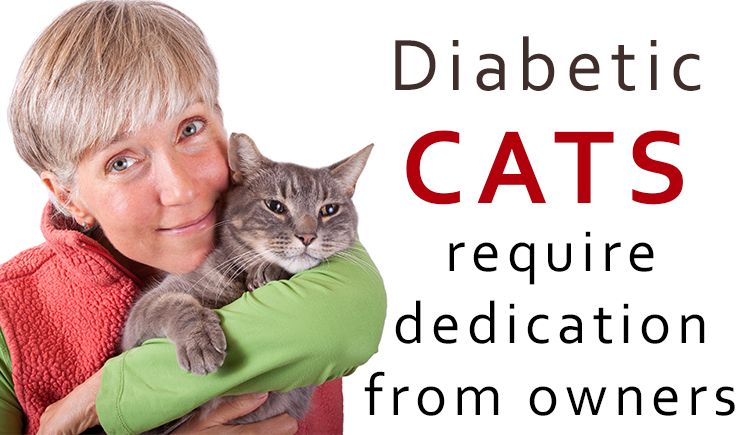Cat diabetes is a complex health condition in which there is an imbalance in the feline’s blood sugar levels. It occurs when a cat cannot produce insulin or cannot properly utilize the insulin produced by her body. It is a chronic disease that disturbs the cat’s carbohydrate metabolism and results in further health problems. Cats suffering from this blood sugar problem need special care and attention. The reason is that with proper care one can actually tame down diabetes in cats.
The major concerns and causes of cat diabetes are:
There are several causes of feline diabetes. Genetics, pancreatic diseases, storage of excess proteins in the pancreas and reaction to certain medications are some of the common reasons that trigger diabetes in cats. Listed here are few symptoms suggesting feline diabetes.
Fluctuating appetite levels: The furry lady in your home may show increased or decreased appetite. She may go through hunger pangs or just withdraw herself from having food. If your kitty shows this behavior then it is hinting towards the possibility of diabetes.
Sudden weight loss: If the cat shows drastic reduction in weight then it is time to ask a vet about her sugar levels.
Excessive thirst and sweet smelling breath: The cat may need extra water to combat the process of elevation and depletion of blood sugar level. In addition, the extra sugar in her blood may result in sweet smelling breath. If you find this in your furry pal then take it as a possibility of sugar disease.
Frequent urination: If she is diabetic then she would not be able to control urination and would urinate outside the litter box as well. This is a warning sign for the pet parents as in worst cases there are chances of urinary tract infection.
Lack of activity: She may not feel active and show some lethargic behavior. This is due to tiredness caused due to the low sugar supply in the blood.
Unhealthy coat: The pet may face problem of dehydration and her coat can show up the signs. If her coat looks dull and unkept then think of diabetes as one of the reasons.
Diagnosis, treatment and care:
- Examination of the clinical signs, physical symptoms and blood and urine analysis form the complete diagnosis of cat diabetes. Followed by this, the vet can trace the severity of the condition and prescribe the treatment.
- In extreme conditions the pet need to be hospitalized to regulate her blood sugar levels. Pets with stable condition need high fiber diet and oral medication to be fit. Some others need insulin shots to regulate the blood glucose levels.
- Pet parents need to take extra care of a diabetic cat, as there will be certain considerations regarding her diet as well as medicines. A high fiber diet with minimum carbohydrate intake would help lower down blood sugar.
- Insulin needs to be given on the same time after the regular meals of the cat. Oral treatments should be given as per the prescription. Make sure you maintain the time gap between the meals to regulate carbohydrate metabolism of the cat.
To sum up, if your cat shows diabetic symptoms, it’s time to consult your vet. It is a time to change her life style to combat the sugar problem. Be careful about her diet and pamper her so that she deals with this situation effortlessly. Diabetes in cats can be easily controlled so do not worry. Just get in action and see the results! All the best!





